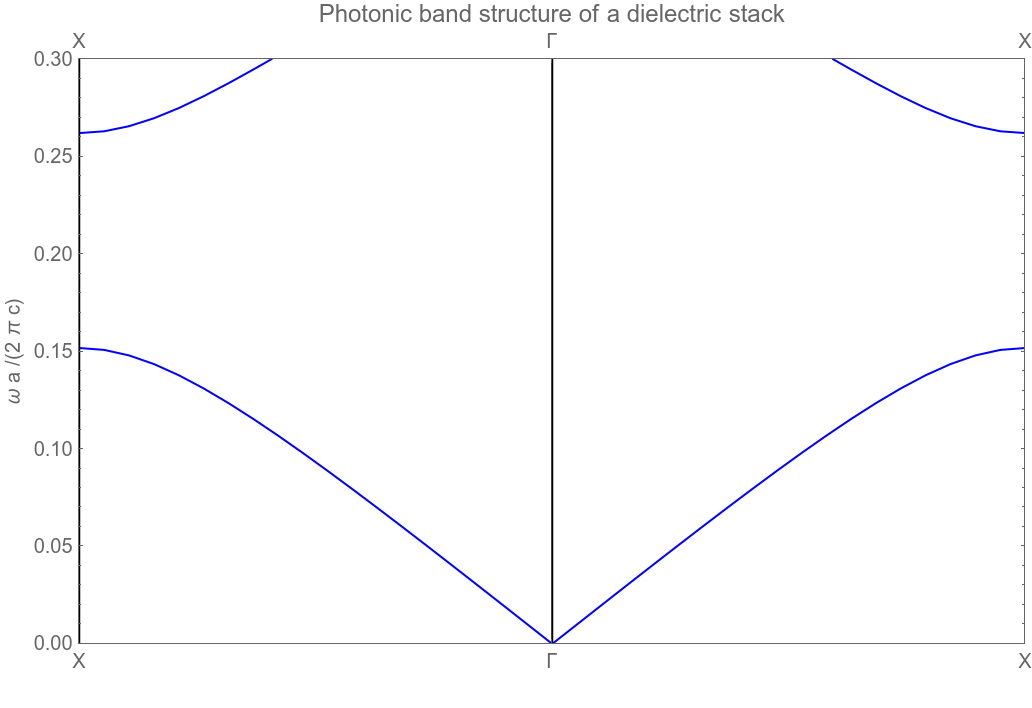GROUP THEORY SYMBOL
GOPhPol
GOPhPol
is an option to decide, which polarization has to be used in calculations of photonic band structures.
DetailsDetails
- In a 1D problem it is assumed, that the light is propagating perpendicular to the stack of layers. In such a case the problem is independent of the polarization.
- In a 3D case no separation of the polarization directions is possible in the definition of the eigenvalue problem.
- Two-dimensional photonic crystals are translational invariant in z-direction and are lattice periodic in the x-y-plane. Usually the light is considered to penetrate the structure in the x-y-plane. In this case the master equation separates for the two polarization directions. The two independent polarizations can be considered independently.
- Typical values for GOPhPol are:
-
"Automatic" No special definition necessary (1D and 3D problems) "E" or "TM" TM polarization "H" or "TE" TE polarization - This option is used by: GTPhMaster
 GTPhMasterEquation
GTPhMasterEquation  GTPhMasterObjects
GTPhMasterObjects  GTPhMasterPixel
GTPhMasterPixel - See: J.D. Joannopoulos, R.D. Meade, J.N. Winn, Photonic Crystals - Molding the Flow of Light, Princeton University Press, 1995
- W. Hergert, M. Geilhufe, Group Theory in Solid State Physics and Photonics. Problem Solving with Mathematica
ExamplesExamplesopen allclose all
Basic Examples (2)Basic Examples (2)
| In[1]:= |
A dielectric stack is considered.In this case it is not necessary to specify the polarization.
| In[2]:= |
Calculate the path in k-space.
| In[4]:= |
Calculate and plot the photonic band structure.
Two-dimensional photonic crystal
The structure is two-dimensional, i.e. the polarization has to be TE or TM. At first, the structure is defined.
| In[1]:= |
The reciprocal lattice vectors are calculated.
The master equation is set up as an eigenvalue problem for TM polarisation.
The k-path is defined. The photonic band structure is calculated and plotted.















